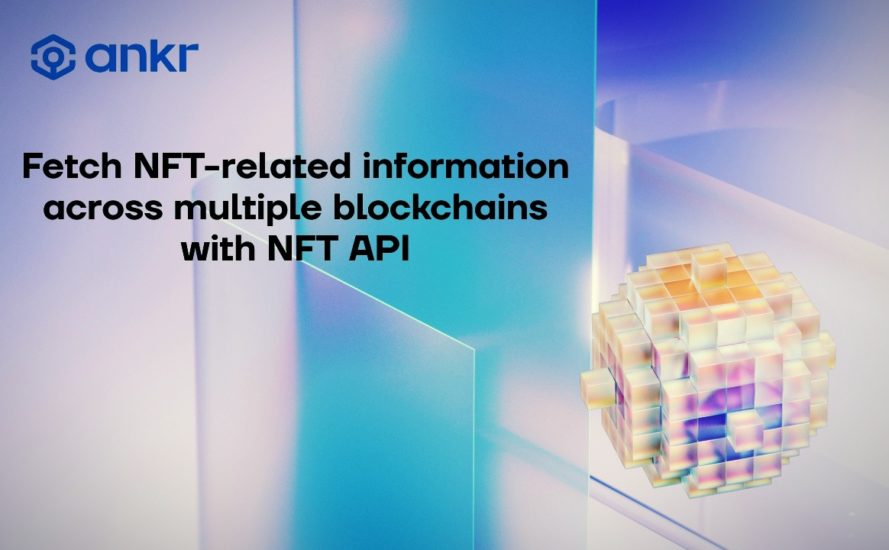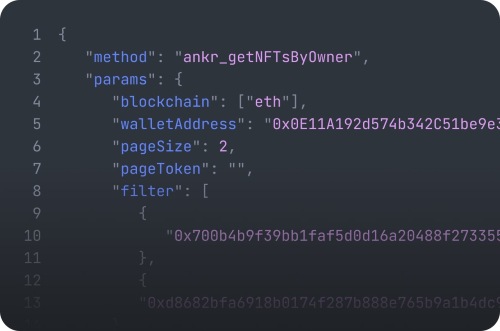
So, you maxed out your girlfriend’s credit card to buy that pixelated brick NFT that you just knew would 100x in value, only to later wonder if that NFT was stolen, or whether the entire collection was a copy and paste job. Uh-oh spaghettio! Yeah, we’ve all been there, and unfortunately, you can’t just take it back like some framed abstract painting you picked up from the clearance section of Pier 1 Imports.
The proliferation of non-fungible-tokens has been astronomical. NFT Collections are piling up by the millions. Even setting aside the obvious importance of avoiding scams, without a lot of precedent, it’s difficult to ascertain the value of a particular piece.
If only there was a tool that allowed you to research and trace the history of an NFT, so you’d have a better idea of what you’re getting yourself into. Doing a reverse image search on Google just isn’t gonna cut the mustard. However, there is actually a solution, and it comes from Ankr, a pioneering Web3 Infrastructure provider.
With Ankr’s NFT API, it’s possible to query NFT metadata across several chains. Currently, NFT API supports the following chains:
- Ethereum
- Fantom
- Binance Smart Chain
- Polygon
- Avalanche
- Arbitrum
Here’s an example of what it looks like in the wild:

More technical and detailed documentation of how Ankr’s NFT API works can be found here.
Collecting NFTs remains a precariously fun and experimental activity. Filled with perils, pitfalls and excitement, it’s still in the experimental phase. While Ankr’s advanced APIs don’t claim to offer a fool proof method of protecting would-be art consumers from fraud in the NFT world, they do represent a welcome and necessary advancement in the area of digital art authentication.
